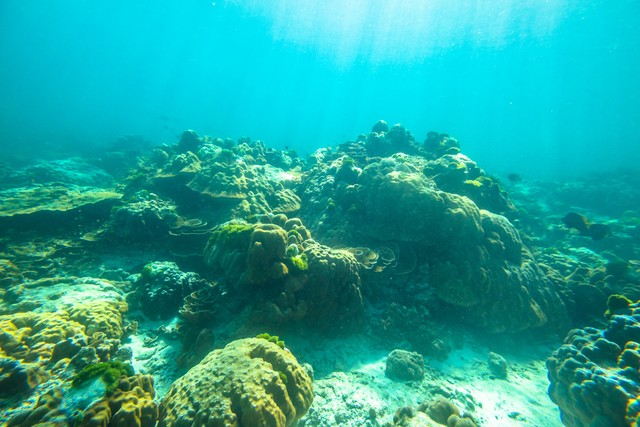How brown algae are formed

Brown algae are a higher group of algae. All brown algae phytoplasma structures are multicellular bodies. The simple ones are composed of a single row of urban cells importantly divided
Branching filamentous: an evolved species with similar differentiation to roots, stems and leaves, internal structure with epidermal, cortical 褐藻素 功效 and medullary tissue differentiation, even similar
The structure of the sieve tube.
The cell wall is divided into two layers, the inner layer can be composed of cellulose and the outer layer of fucoidan. The chromophores are 1 to many, granular or small disc-shaped, and contain chlorophyll
elements a and c, carotenoids and several lutein (mainly keratin). Due to the excess of lutein over other pigments, the algal bodies are yellowish brown or
Dark brown. Storage study substances are brown algae plant starch (laminarin), mannitol (mannitol) and lipids. Some product species, such as kelp, contain mainly large amounts of Chinese intracellular
iodine. In the life history of most brown algae, there is a clear alternation of generations, with the same and different generations alternating.
The alternation between homotypic generations means that the shape and size of the sporangium and gametophyte proceed similarly, such as the genus Ectocarpus; the alternation between heterotypic as well as generation time means that the sporangium
The shape and size of the gametophyte vary greatly, and most species are more developed sporophytes, such as kelp. A few are more developed gametophytes, such as luteolin
(siphonophores)
The swimming spore or gametophyte of a brown algae with a pigmented body, an eye spot and two unequal lateral flagella, the flagellum is a long flagellum, short in front and short in the back
The hairs have two rows of cilia, and the short flagellum is smooth and hairless. In addition to chlorophyll a, c, carotene and lutein, brown algae are common in pigment
It contains a large amount of yellow-orange fucoidan (rockweed xanthan) and is therefore mostly brown in color. Its photosynthetic products are essential oils, algal starch and mannitol
(mannitol).
The cell wall is rich in alginate material and has colloidal or thick properties, and is often used as an additive in various food products, or in the textile industry, rubber industry
They are often used as additives in various food products, or in the textile and rubber industries, and for other industrial and economic uses. Many large brown algae plants can be eaten, commonly kelp, wakame, small kelp, etc., because of the large amount of vitamins and inorganic salts contained in China
Class, often regarded as a supplemental side dish, has been used in medicine for thousands of years, and the ancient medical books "Materia Medica" and "Materia Medica".
Early recorded kelp has the function of treating goiter, gallbladder tumor gas, edema, diuretic, dehydration, etc. Modern medical research has also confirmed that some brown algae have this function
Lowering blood pressure and anti-cancer drug effects, and can even use the fucoidan in it to make an anticoagulant, hemostatic agent, plasma substitute, hemostatic gauze, hemostatic sponge, traditional impressions of medicine, paste
base, which has high economic value.
Related article reading:
Symptoms of 14 common autoimmune diseases
Benefits of eating seaweed on a daily basis
Eating seaweed is good for preventing gynecological diseases and for eating seaweed
